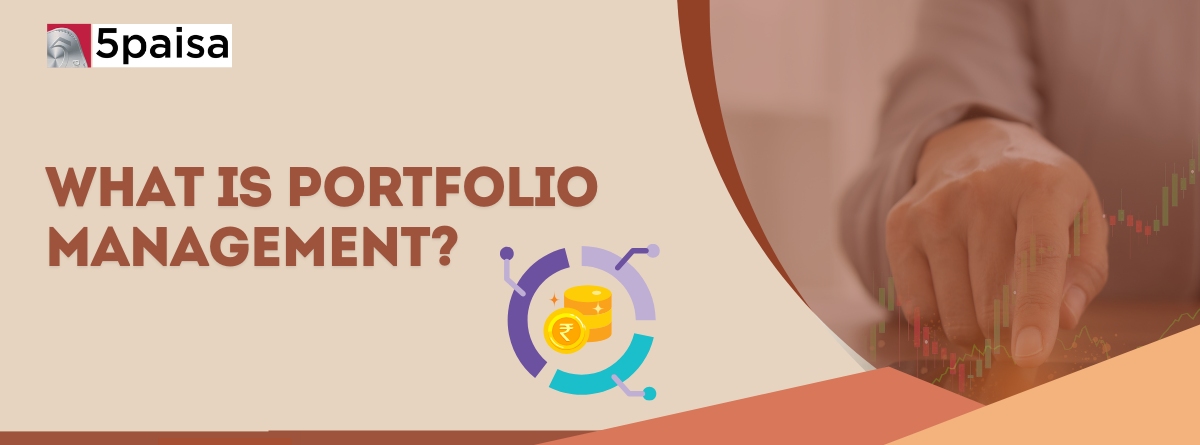Content
- Introduction
- What is Portfolio Management?
- Objectives of Portfolio Management
- Who is a Portfolio Manager?
- Key Elements of Portfolio Management
- Who should opt for?
- Types of Portfolio Management
- Ways of Portfolio Management
- Risk, Return & Diversification
- Steps of Portfolio Management
- Conclusion
Introduction
Maximising returns on investment is an ideal way of accumulating wealth. Portfolio management largely assists in balancing gains and protecting against risk. It is the compilation of investment tools like stocks, mutual funds, cash, bonds, insurance policies, etc. Portfolio management acts as a cushion against market risks. This article explains the portfolio management meaning.
More Articles to Explore
- Difference between NSDL and CDSL
- Lowest brokerage charges in India for online trading
- How to find your demat account number using PAN card
- What are bonus shares and how do they work?
- How to transfer shares from one demat account to another?
- What is BO ID?
- Open demat account without a PAN card - a complete guide
- What are DP charges?
- What is DP ID in a demat account
- How to transfer money from demat account to bank account
Disclaimer: Investment in securities market are subject to market risks, read all the related documents carefully before investing. For detailed disclaimer please Click here.
Frequently Asked Questions
Techniques for portfolio management include active management (frequent buying/selling), passive management (index funds), and tactical allocation (adjusting based on market trends) to balance risk and return.
To create a portfolio define your goals, assess risk tolerance, choose diversified mutual funds (equity, debt, hybrid), and regularly rebalance to match your financial objectives.
The seven steps are: setting objectives, asset allocation, security selection, portfolio implementation, monitoring, rebalancing, and performance evaluation to manage investment risks and returns effectively.
A portfolio’s lifecycle involves creation, growth, maturity, and decline phases, reflecting changes in investment strategy, risk appetite, and market conditions over time.
The three main types are conservative (low risk), balanced (moderate risk), and aggressive (high risk), each suited to different investor goals and risk tolerances.




